ROAD TEST
5 Jun 2024
Road Test: MARTIN MAC ONE
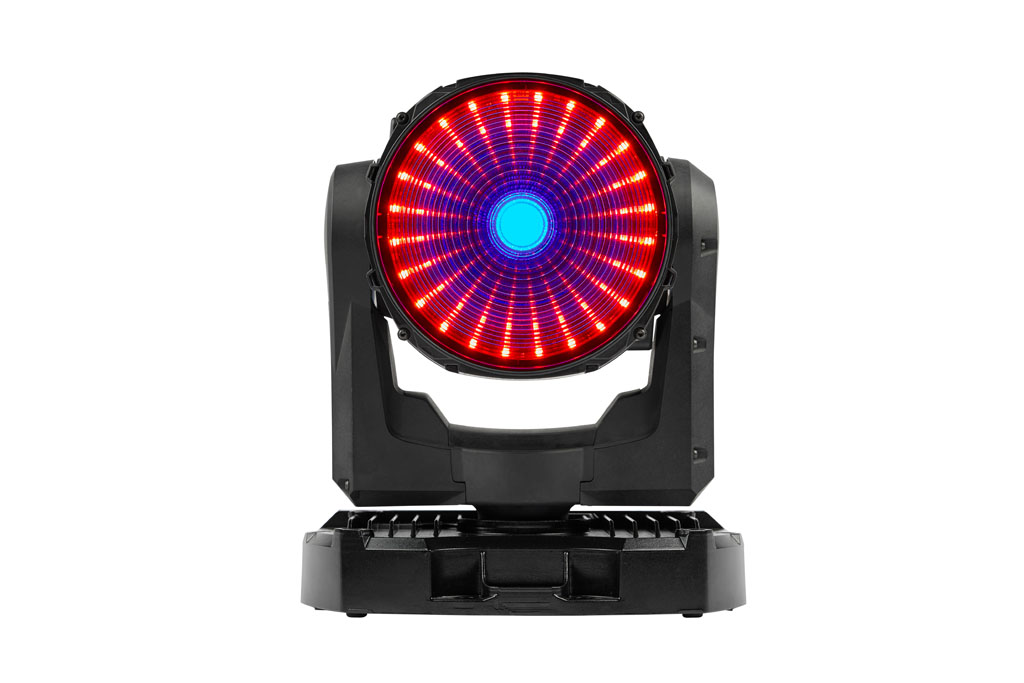
Subscribe to CX E-News
Martin now has a replacement for the iconic MAC 101 – the Martin MAC One. The Martin MAC One is marketed as a beam/wash/eye candy moving head light with a Fresnel lens. It’s somewhat similar to the new range of MAC Auras (PXL and XIP), but smaller.
It is a small light packed with features. The highlights would have to be the Fresnel lens, which not only looks amazing, but creates a soft even wash with a 6:1 zoom range from four degrees to 27 degrees. The back light system, or ‘aura’ contains 24 RGB effect LEDs, which is a highlight. I was also very impressed with how quick it was.
The MAC One looks like it will be a top seller for Martin and a leader in the small moving head light space for many years to come.
Construction
The MAC One weighs just 4.4kg. It uses one clamp, is very easy to handle, very easy to hang, and to move around. With dimensions of just 254mm x 336mm x 220mm, it is small, light and robust. Although it is quite bright, it would likely be better utilised en-masse. Martin have thought about this and do have a few rigging solutions on offer.
The design of the fixture itself is fantastic and almost goes in the other direction from other lighting manufacturers’ current designs. While everyone else seems to be trying to make sleek, rounded ‘one piece’ looking lights, the MAC One has a more rugged and industrial like feel to it. It is a really good-looking unit. Its hardy and robust construction means that it is perfect for a production company or tour.
Optics, Colour and Brightness
The MAC One outputs at 2,500 lumens. It is driven by a 120W RGBL (Red, Green, Blue, Lime) LED engine. It is a single source light. Those familiar with the MAC 101s would know how good this is.
Adding lime (or Mint) to additive LED colour mixing is said to help boost the CRI (Colour Rendering Index) of the light source. Lime has a much broader spectral coverage than a straight green LED. It has also been shown that lime LEDs can produce a higher lumen output, meaning a more efficient fixture with a higher lumen-to-weight ratio.
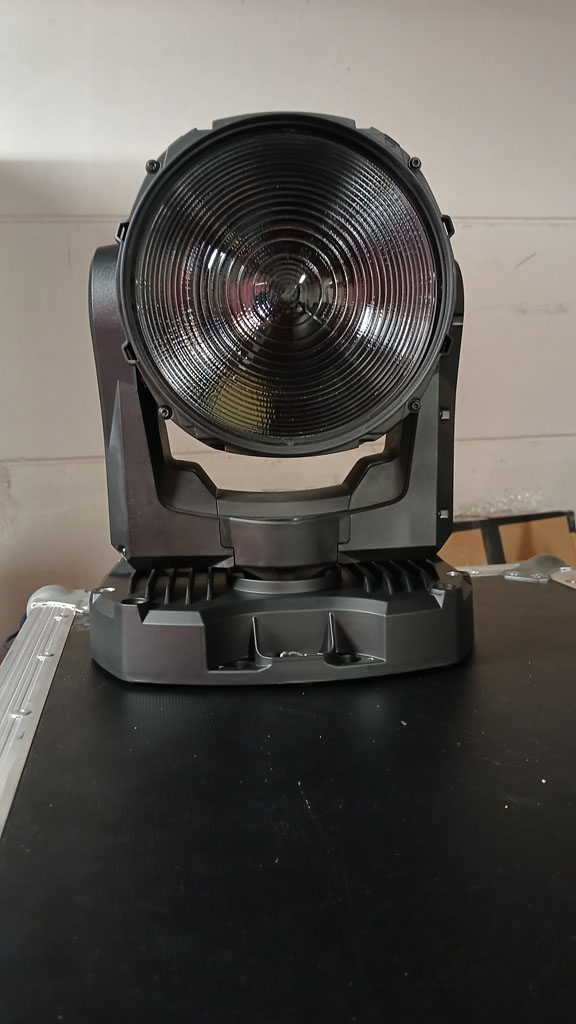
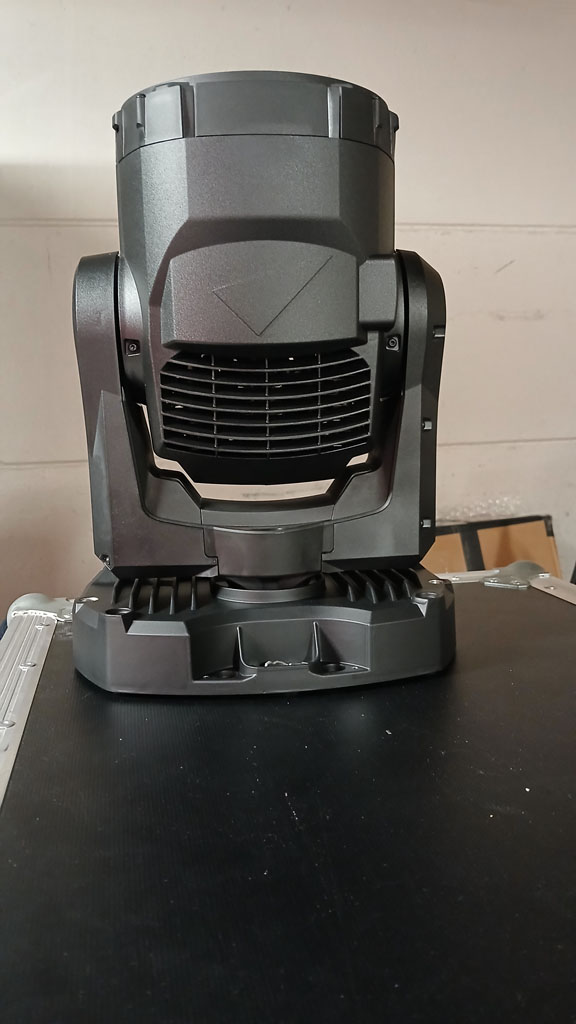
The backlight effect is driven by 24 x 0.25W RGB LEDs. It has a proper Tungsten emulation option, much like most of the newer range of Martin fixtures. Variable colour temperature is also available ranging from 2,000K all the way up to 12,850K.
The MAC One has a 150mm Fresnel lens; a reasonable size given how big the light is. The lumen to weight ratio (LWR) for the Martin MAC One is 568lm/kg. Pan is motorised with a range of 540°. Tilt is motorized with a range of 240°.
Other Metrics
As increasing optical quality becomes more of a priority in high-end lighting, we are seeing a larger number and more sophisticated metrics to measure and evaluate the quality of light sources; it is more than just lumen output and colour temperature these days. Here are some of the other metrics that are becoming more commonplace when critiquing top-of-the-line lights:
Colour Rendering Index (CRI): a quantitative measure of the ability of a light source to reveal the colours of various objects faithfully in comparison with a natural or standard light source. The highest possible CRI is 100 and would be given to a source identical to the spectrum of daylight all the way down to negative numbers. The optimised CRI for the MAC One is higher than 86.
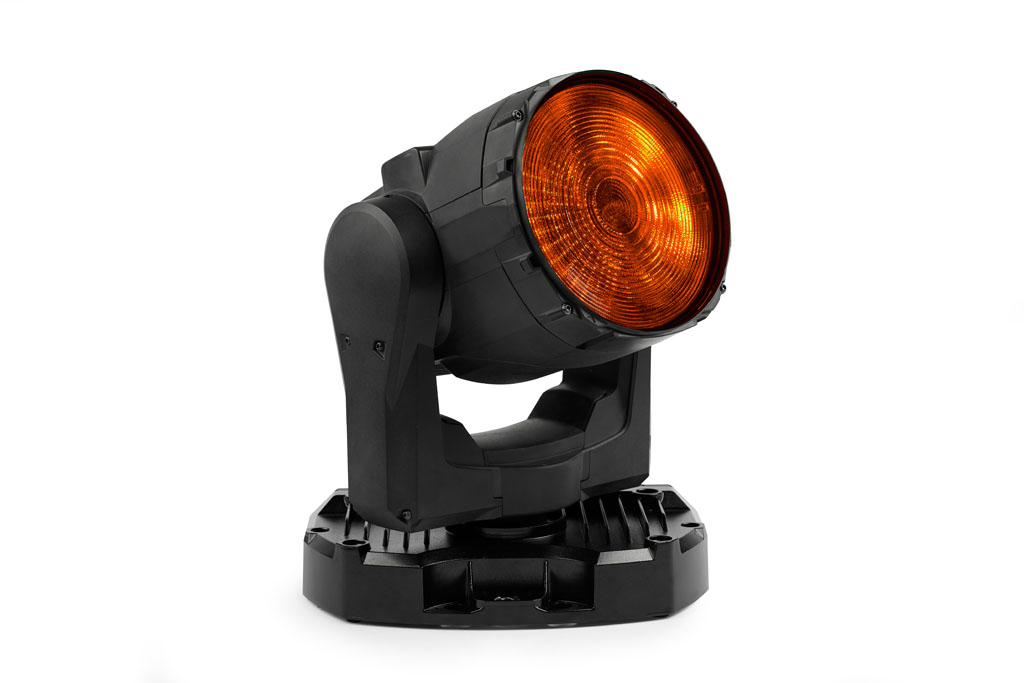
Colour Quality Scale (CQS) is a colour rendering index. Developed by researchers at NIST (the National Institute of Standards and Technology in the USA), the metric aims to overcome some of the issues inherent in the widely used CIE Ra. CQS can run anywhere from 0 to 100, The MAC One having a score of 89 when optimised.
The TM-30 Rf, also known as the Fidelity Index, is part of the IES TM-30-15 method, which is a comprehensive system for evaluating light source colour rendition. This method was developed to overcome the limitations of the previous Colour Rendering Index (CRI) and provides a more accurate assessment of how light sources render colours in comparison to a reference light source. The Rf index ranges from 0 to 100, with 100 indicating no deviation and 0 indicating maximum deviation from the reference light source. When optimised, the MAC One scored 84.
Television Lighting Consistency Index (TLCI): A figure used to evaluate light quality for television cameras. It measures how true the colours in light are compared to reference samples. A TLCI score in the 85-100 range does not need any correction, 70-85 would need a simple correction and 60- 70 would need complex colour correction. When optimised, the MAC One sits at 87.
Applications and Features
The beam/wash/eye candy set-up makes the MAC One useful for a whole range of applications. You can wash a stage with them, you can pin spot tables, or you can use them behind a band. The quality of the LED means you can use it for TV and film. The speed at which they move makes it perfect for a night club. Their compact size means you can use them just about anywhere.
The pre-built effects are fantastic. There are over 200 of them onboard, including effects such as water and fire. They have the potential to save you a lot of programming time. They also showcase what the light can do.
Control and Programming
Control protocols for the MAC One include DMX, RDM, Art-Net, RDM over Art-Net, sACN and P3. It can be run in four different DMX modes: Compact (20 channel), Basic (36 channel), Ludicrous (108 channel) & Compact Direct (20 channel). Like most Martin fixtures, it is available with a choice of four different dimming curves. 16-bit controllable parameters include both beam and backlight dimming, beam colour mixing, zoom, pan and tilt.
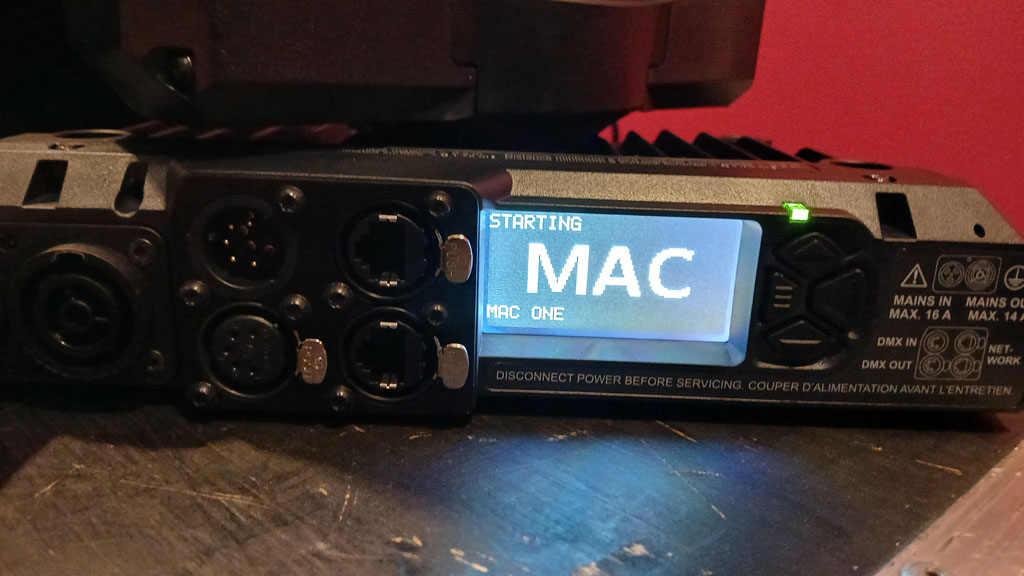
Verdict
The MAC One is an incredibly fast light. It moves and zooms faster than almost any fixture I have ever seen.
There is a lot in this light, and it is of excellent quality. I feel that more upgrades, like making it IP65, giving it infinite pan and tilt, or making it brighter, would have resulted in a small light that was too expensive. The question then becomes how much good stuff can you fit into a small light and still have it be economically viable? The market will ultimately give us our answer, but we could be close to the limit here with the MAC One.
Depending on how you look at it, The MAC One is either a mini Aura with a Fresnel lens or a much improved 101. Either way it is shaping up to be one of the best small light offerings we have seen from Martin in a long time.
The MAC One figures to be a top seller for Martin and a leader in the small moving head light space for many years to come.
Product Info: www.martin.com/en/products/mac-one
Distributor Australia and New Zealand: www.showtech.com.au www.showtech.com.au/homenz
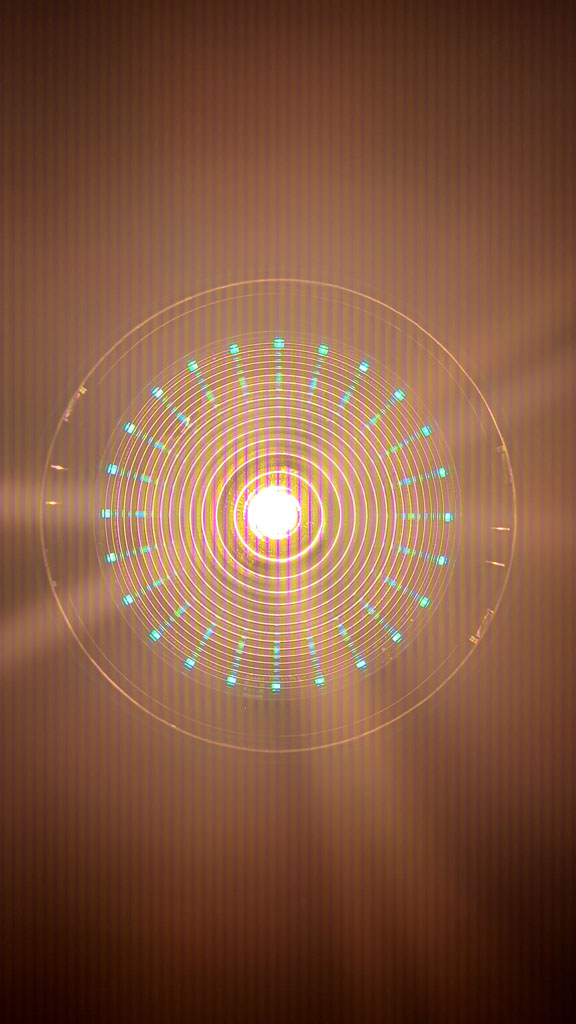
Comparison between the MAC One and the MAC 101
Although it’s not the official word from Martin, the MAC One seems as though it would slot into the gap where the MAC 101 was sold. Below is a bit of a quick comparison between the size of the two lights. Omitted from this comparison
are the features, as there really is no comparison between the MAC 101 and the MAC One on this front.
MAC 101
- Output: 2400lm
- Weight: 3.7kg
- Dimensions: 241mm x 241mm x 304mm
- Power consumption: 123W
MAC One
- Output: 2500lm
- Weight: 4.4kg
- Dimensions: 254mm x 336mm x 220mm
- Power consumption: 180W
Martin MAC One –The Detailed Specs
- 120W RGBL (Red, Green, Blue, Lime) LED
- Lumen Output: 2,500lm
- Intensity: 375,000cd in narrow beam
- Backlight Effect: 24 x 0.25W RGB LED 150mm Fresnel lens
- 4 to 27 degrees zoom RGBL colour mixing
- Calibrated colour temperature control: 2,000 – 12,850K
- Calibrated green magenta shift (Tint) Control: Δuv -0.05 – +0.05
- Tungsten emulation option Virtual colour wheel
- More than 200 built-in FX Macros with control of foreground colour, background colour, speed and direction
- P3 video mapping of fixture beam and/or Fresnel backlight pixels
- P3 Mix allowing crossfade between video looks and DMX looks
- Extreme speed pan, tilt and zoom Weight: 4.4kg
- Dimensions: 254 x 336 x 220mm (w x h x d)
Subscribe
Published monthly since 1991, our famous AV industry magazine is free for download or pay for print. Subscribers also receive CX News, our free weekly email with the latest industry news and jobs.




